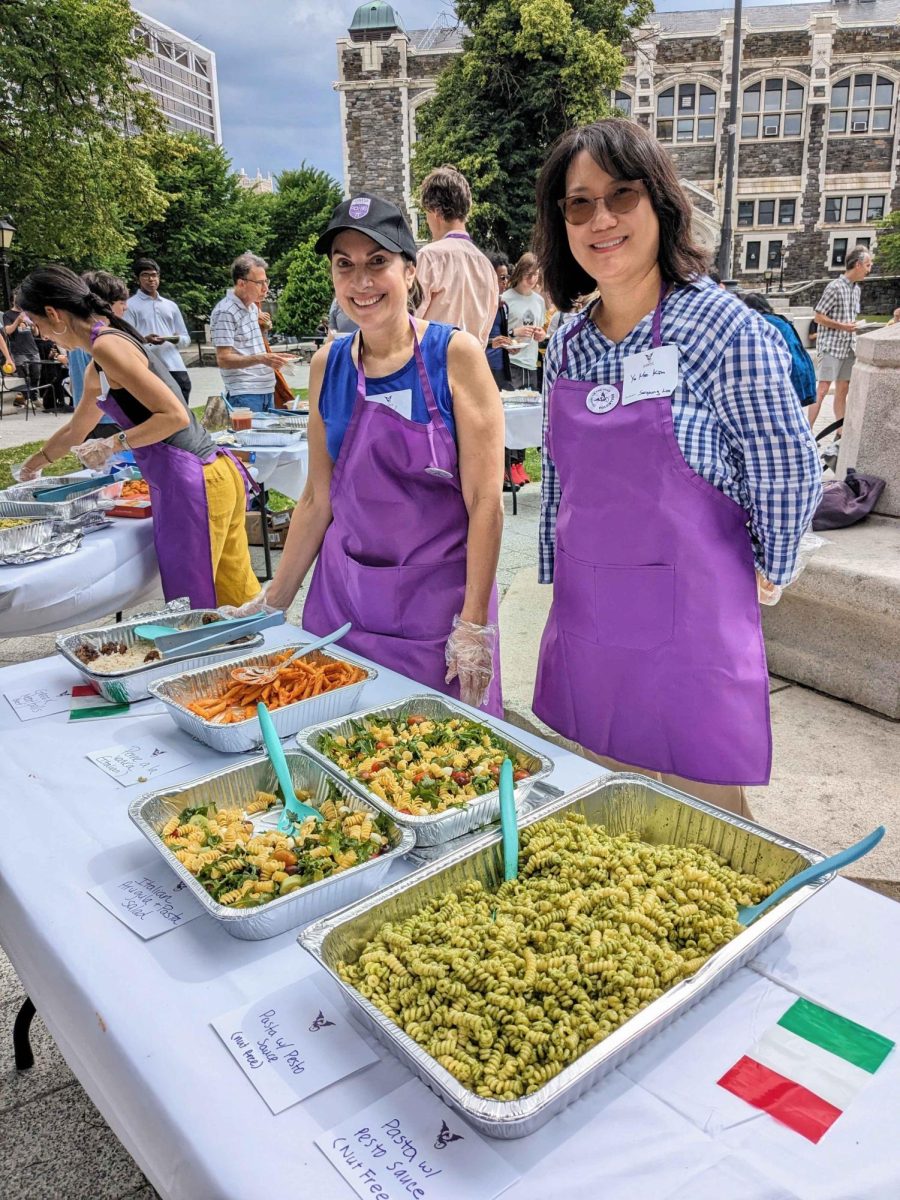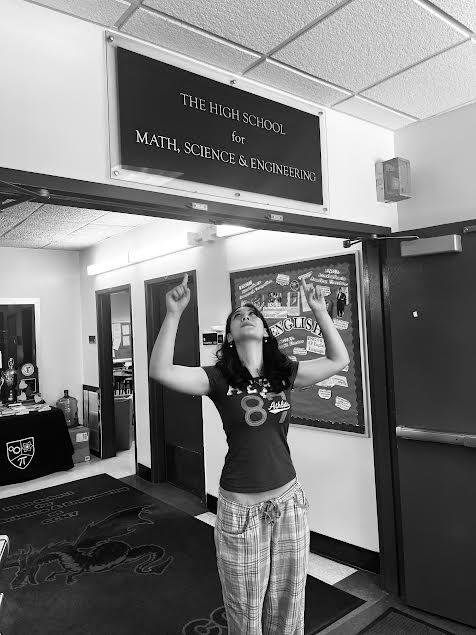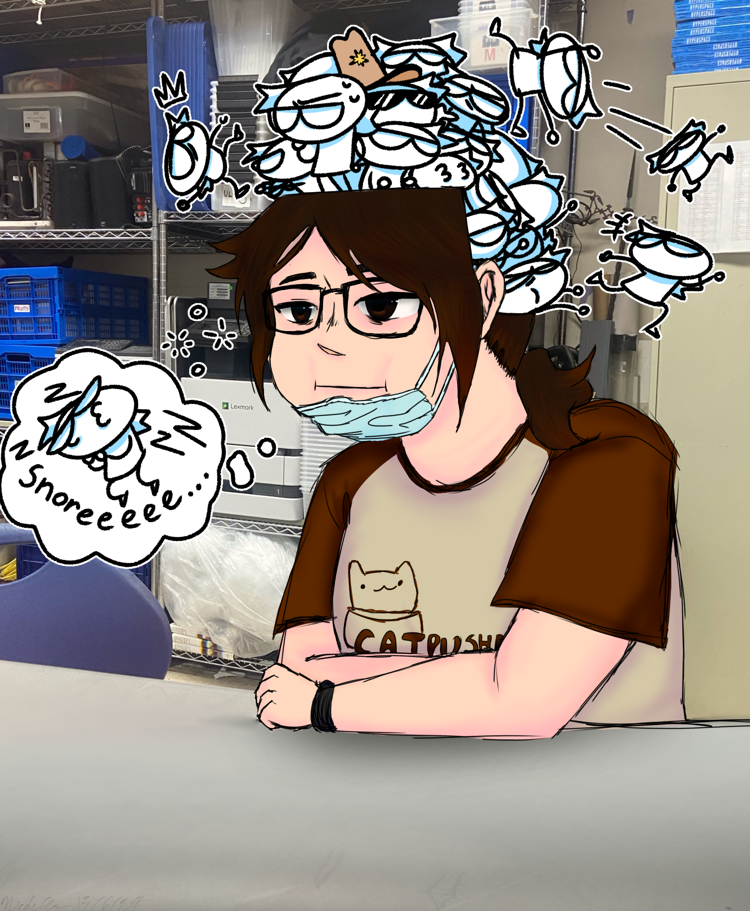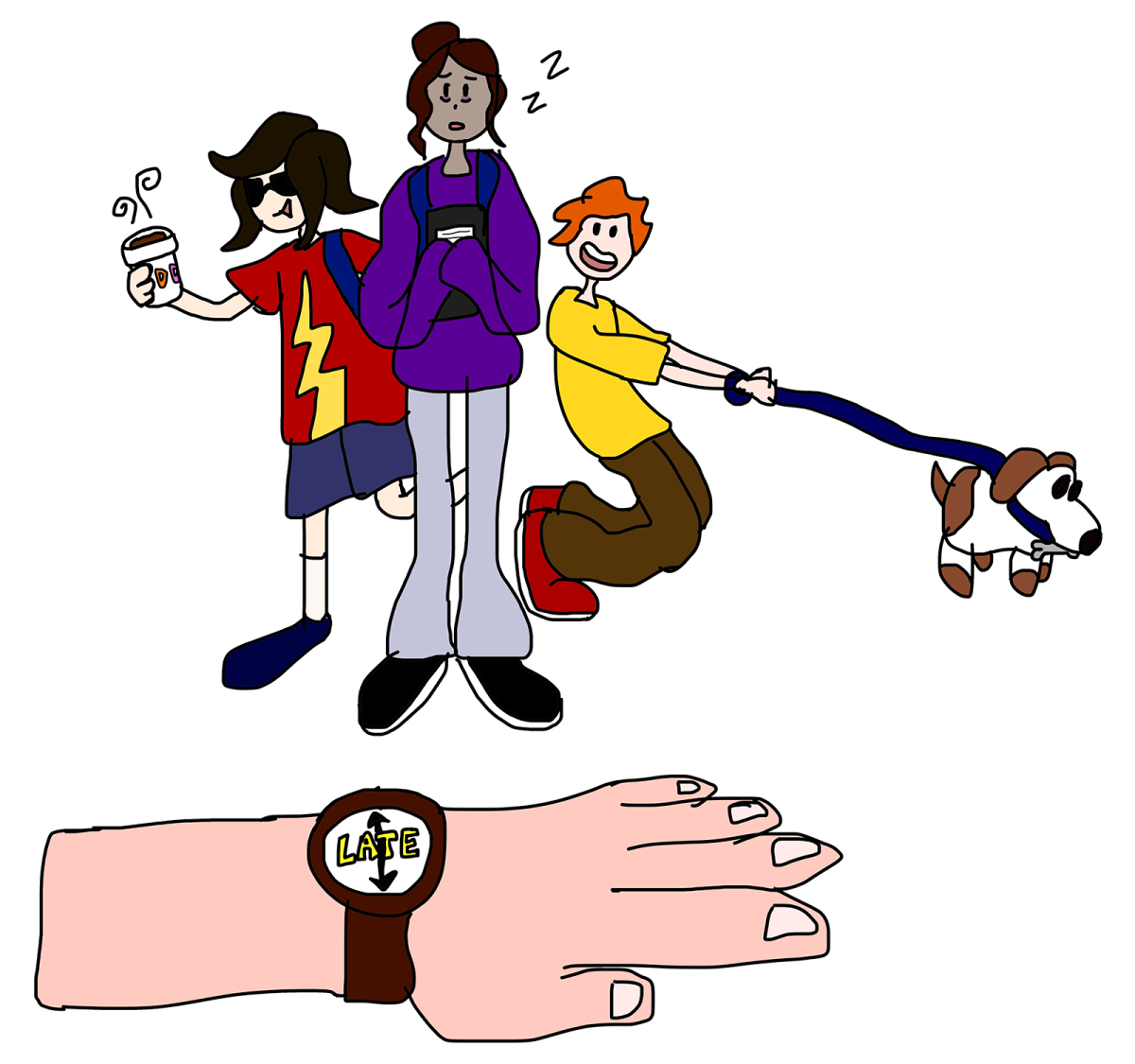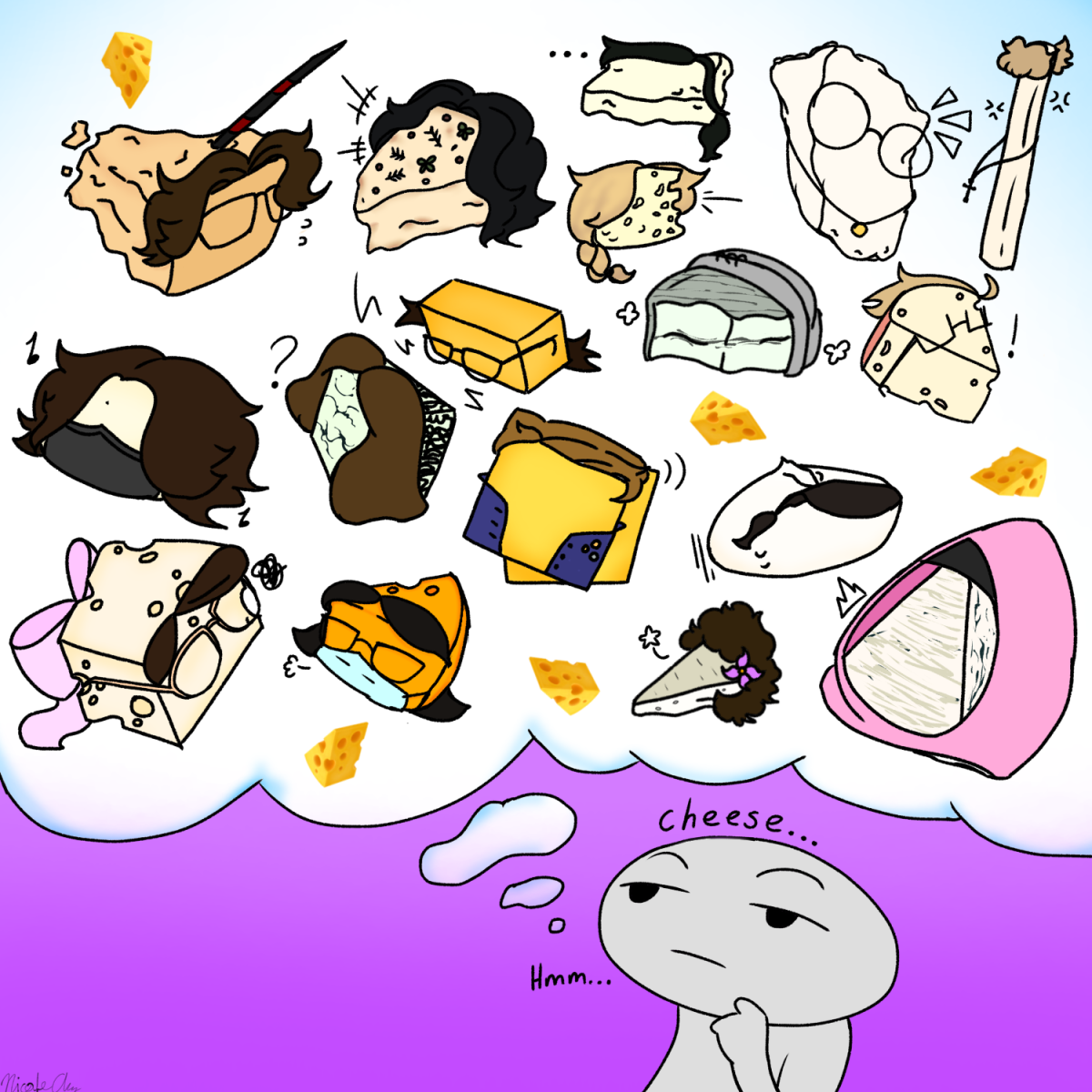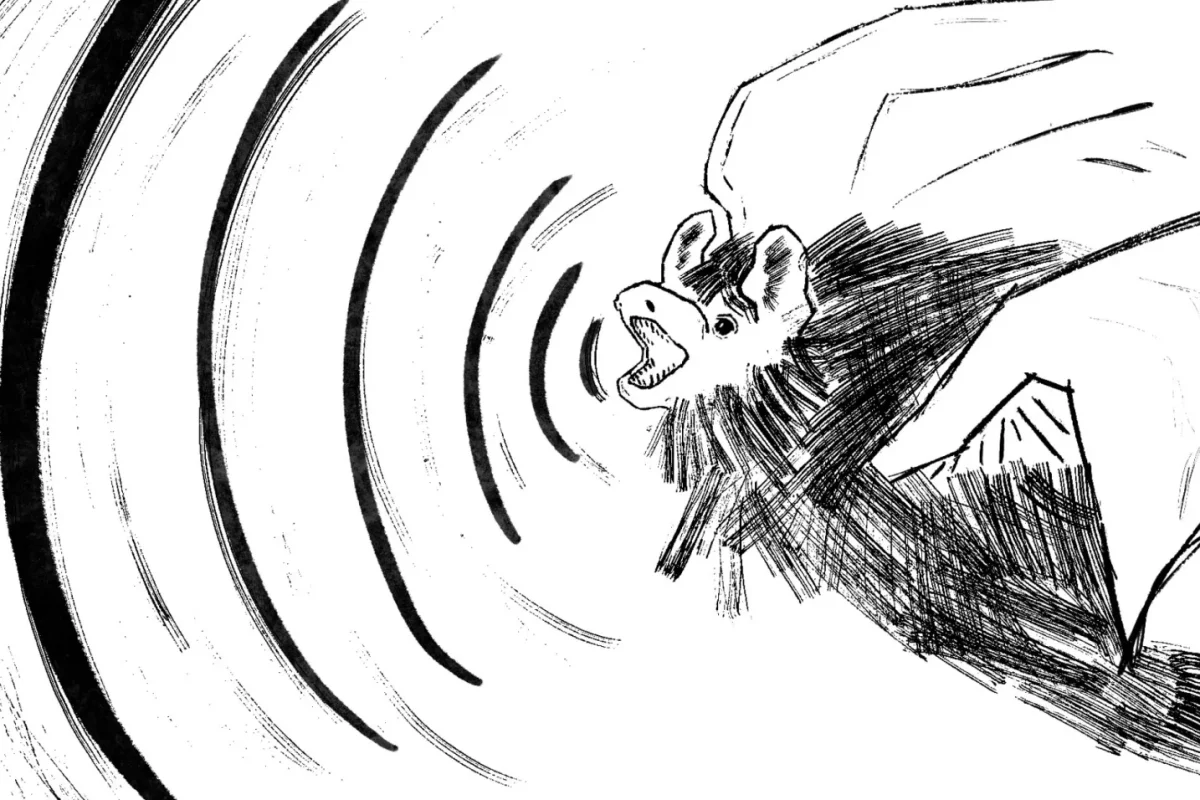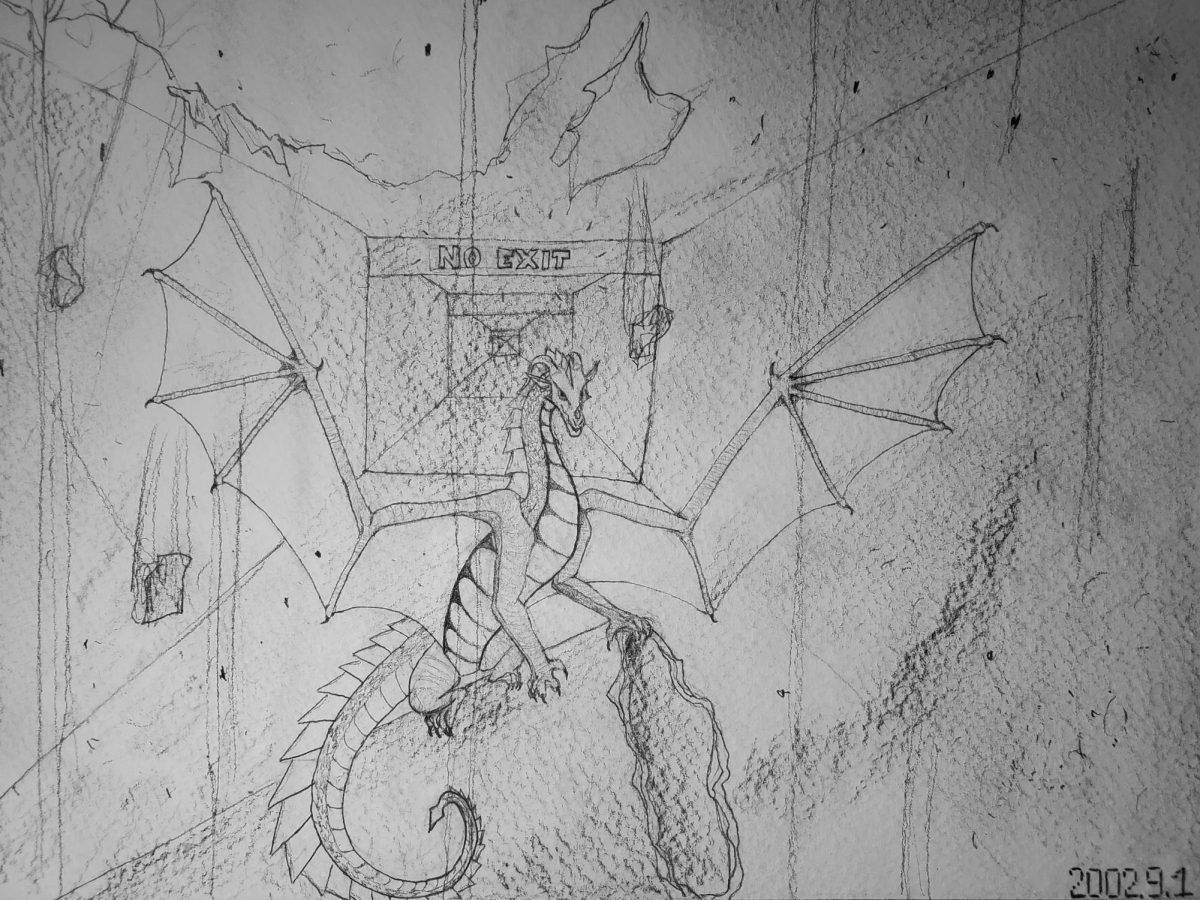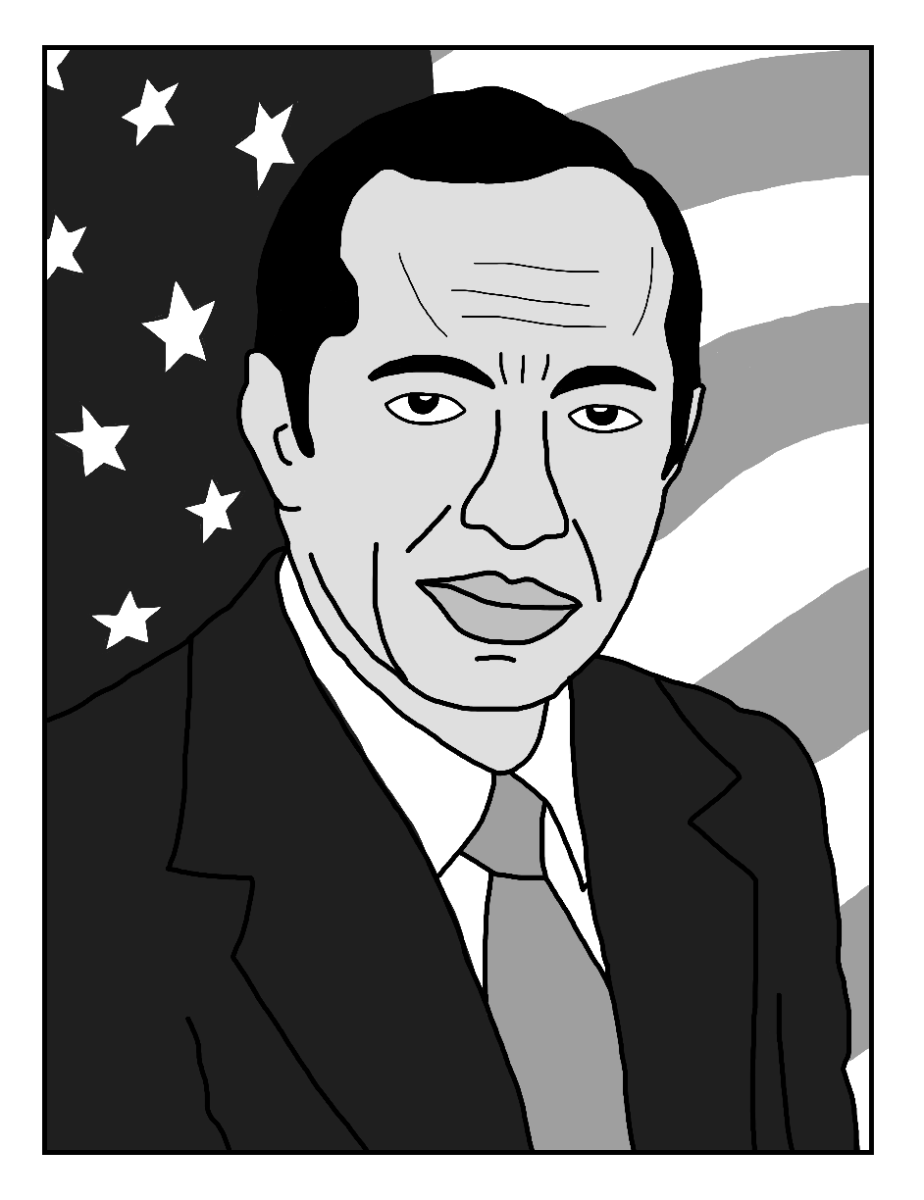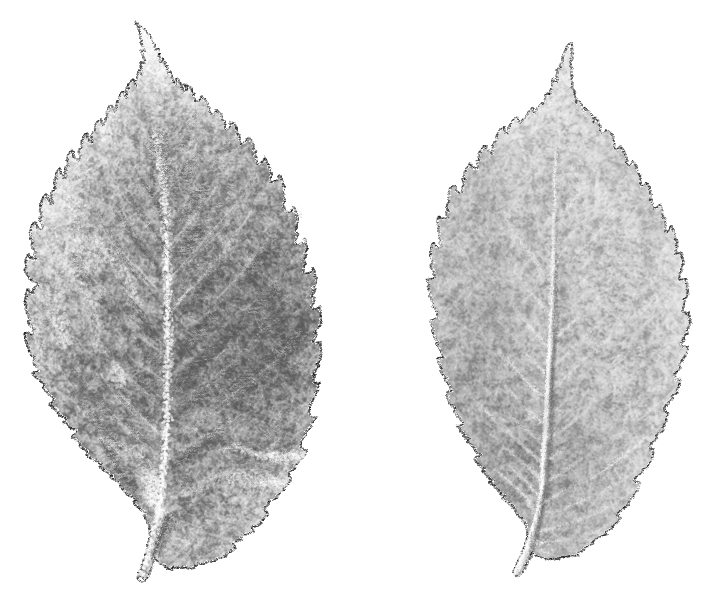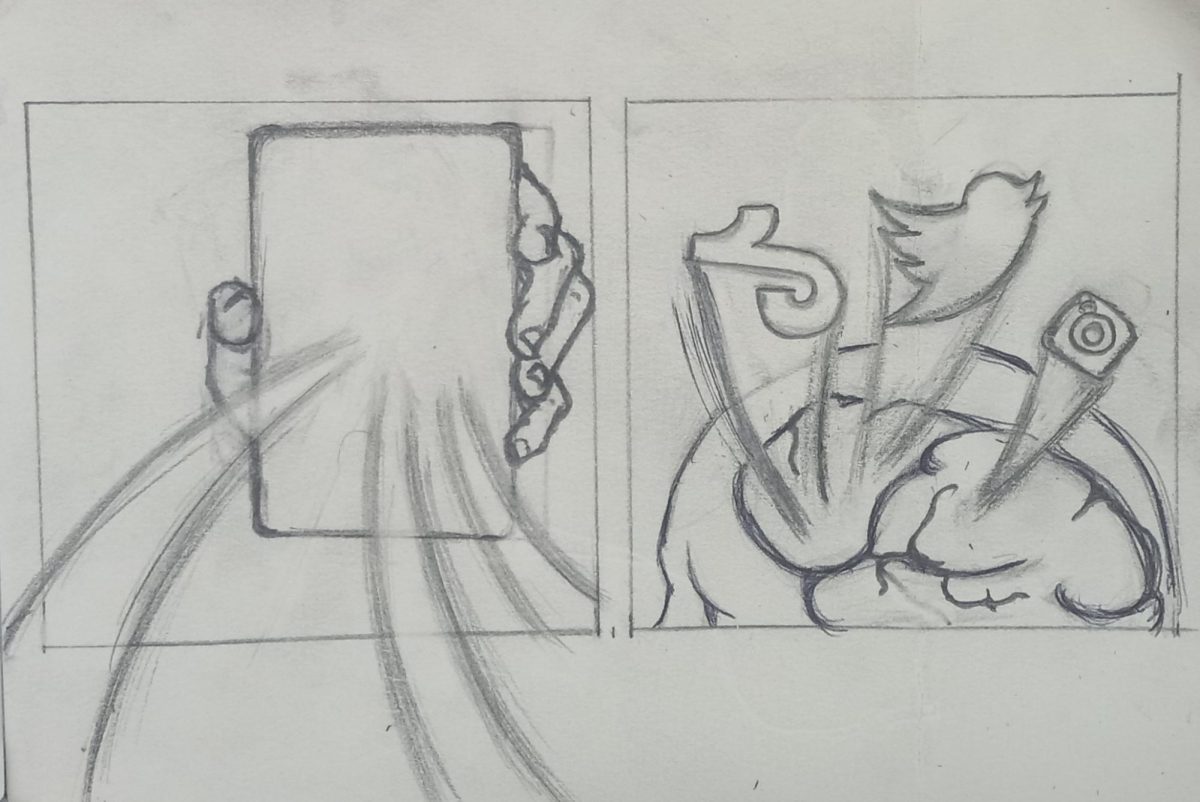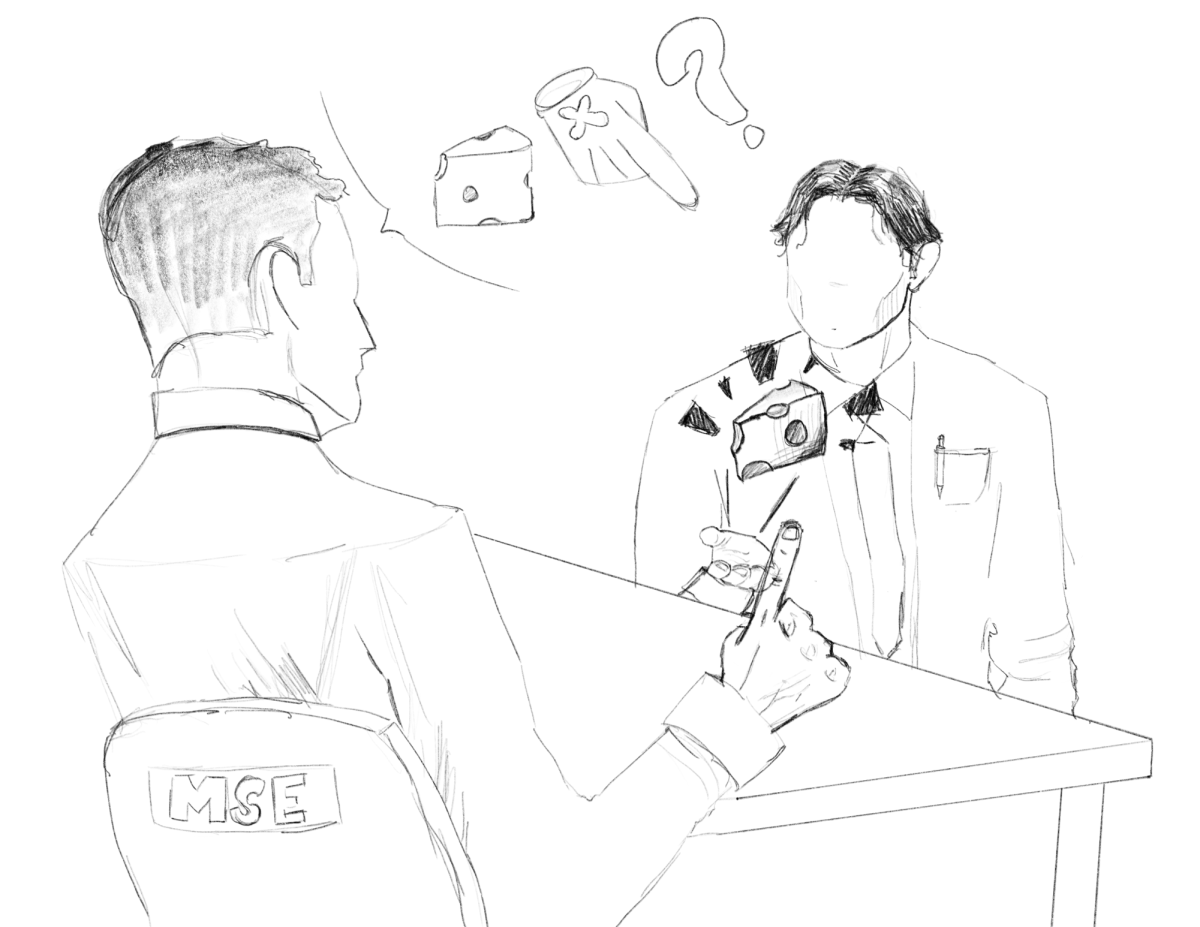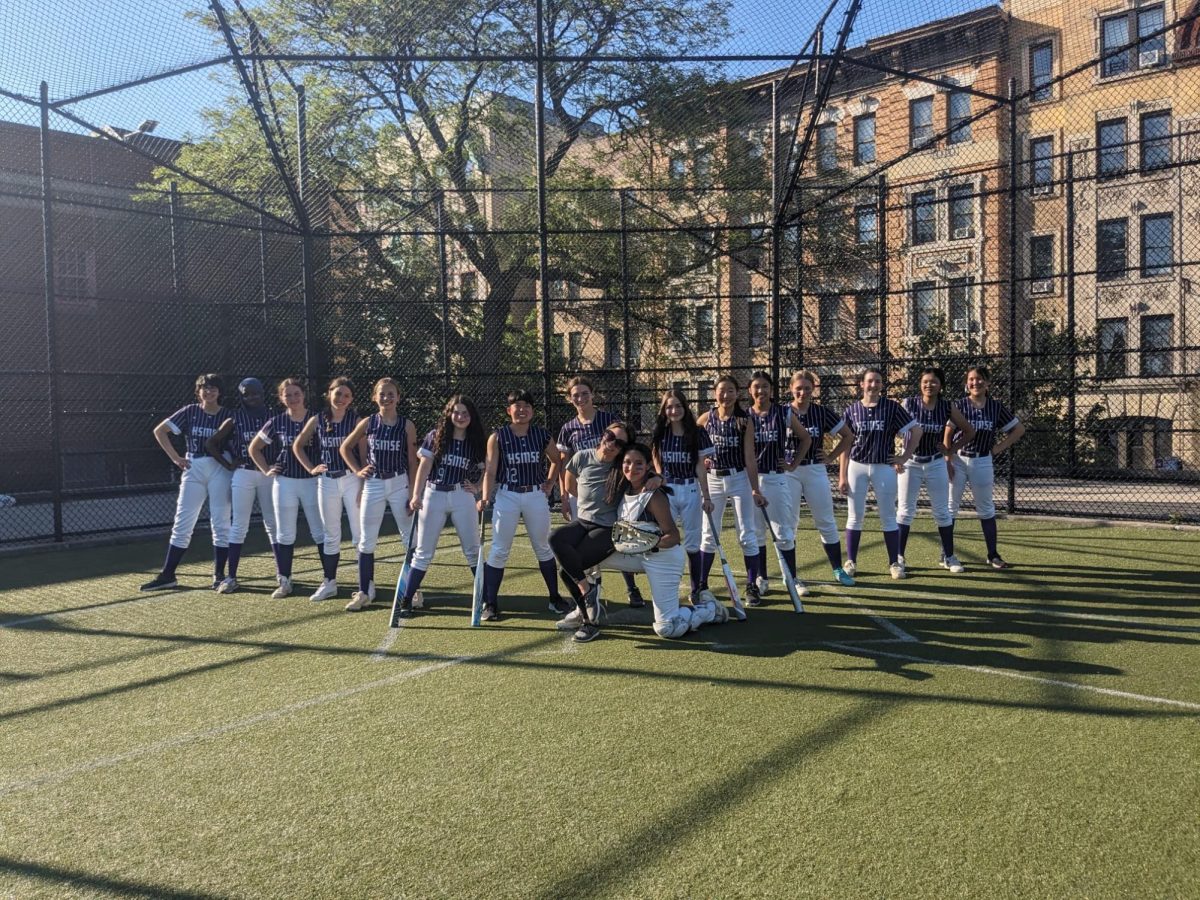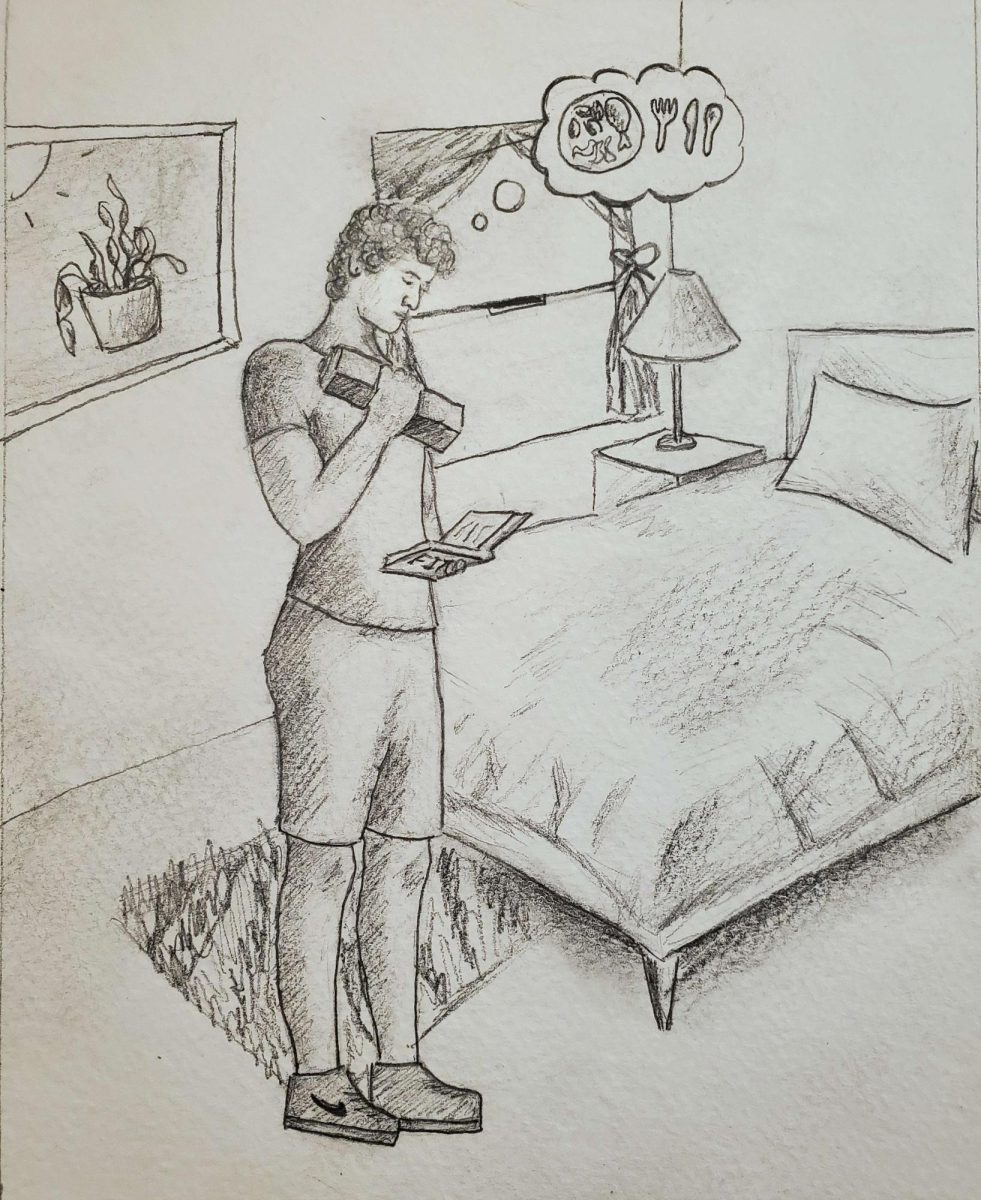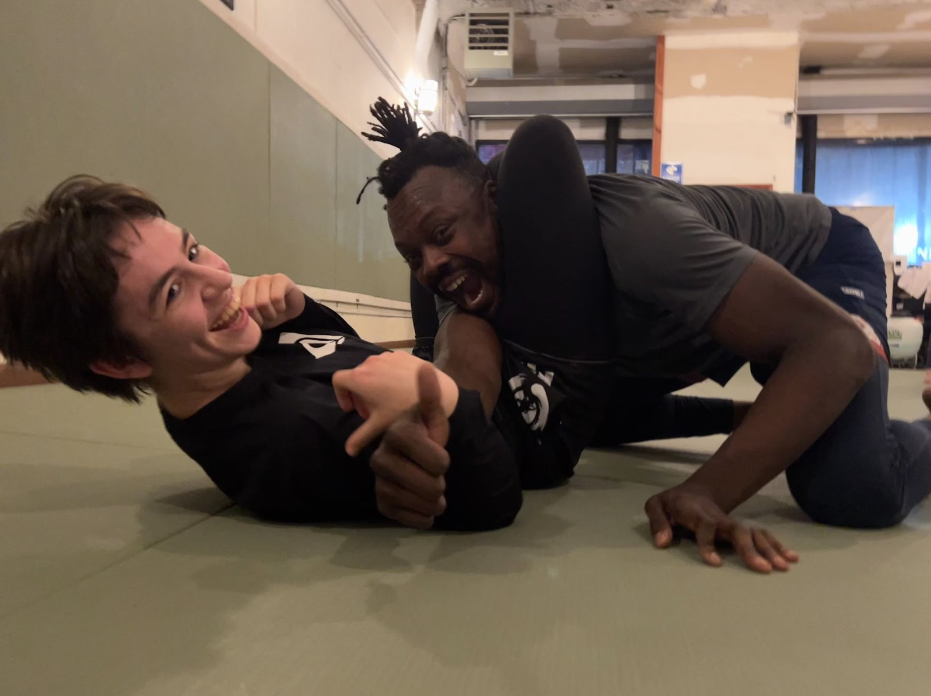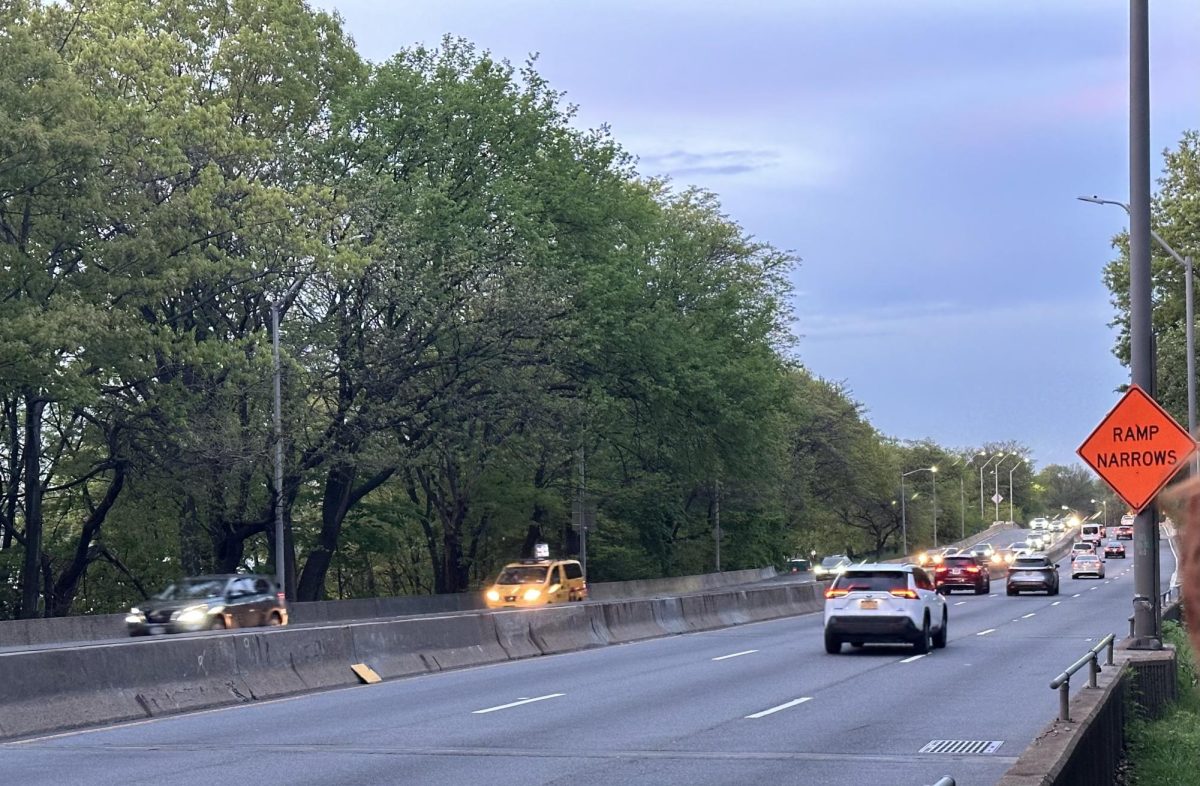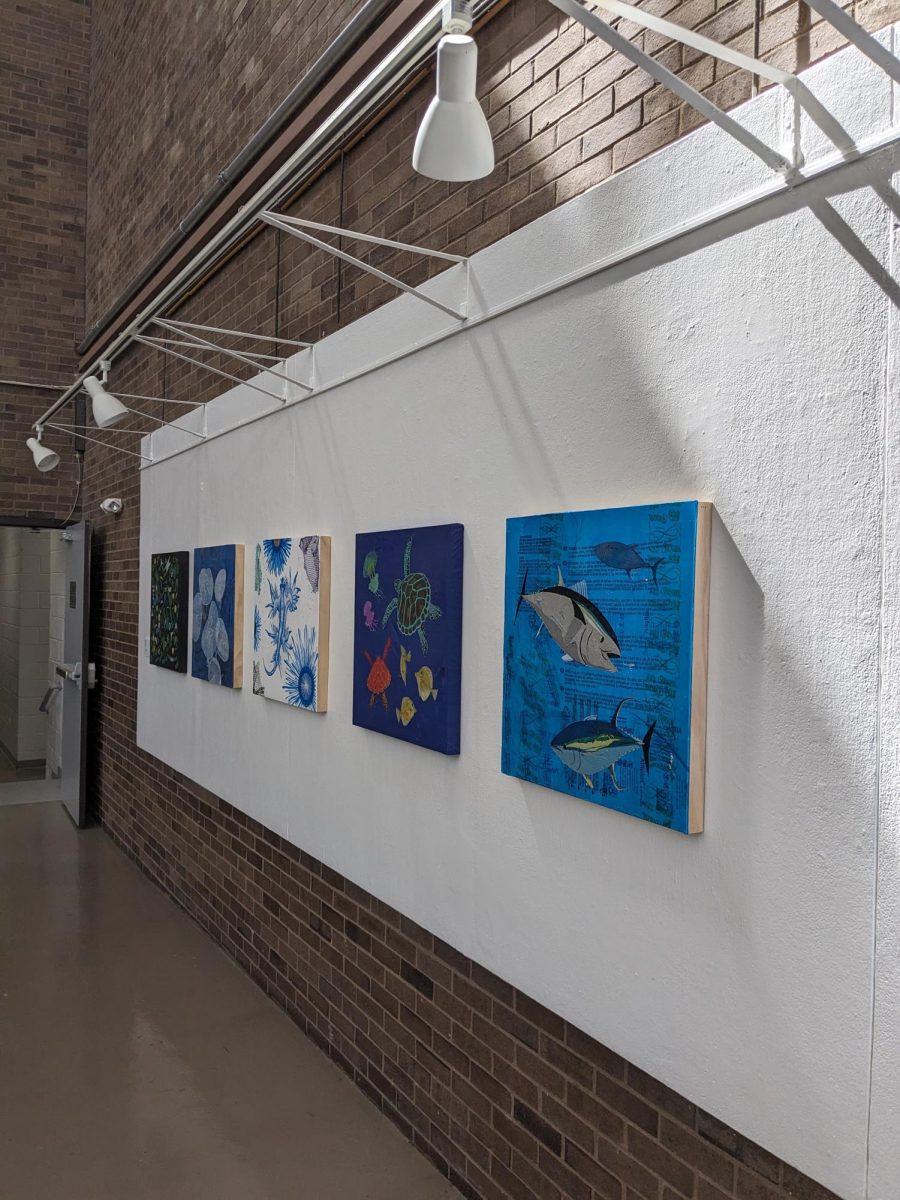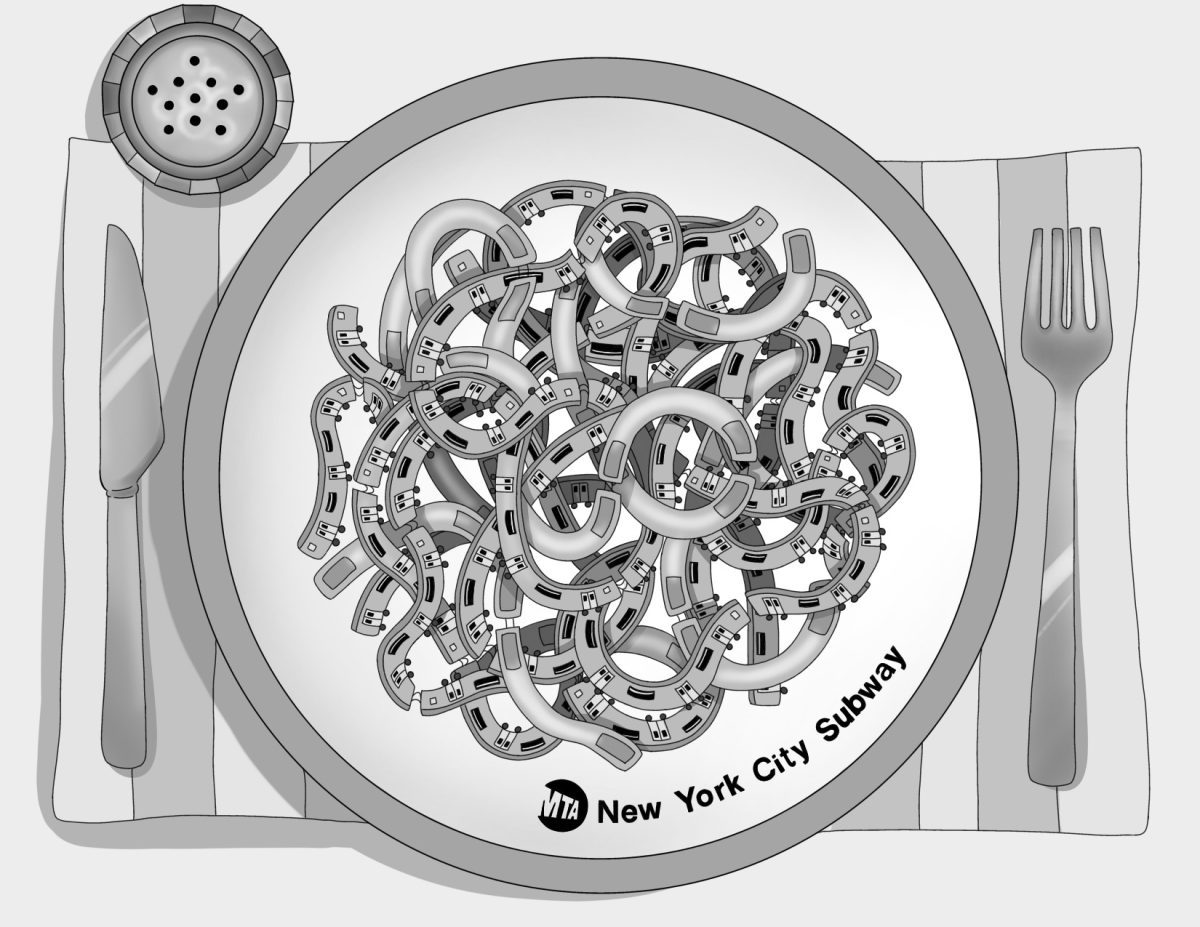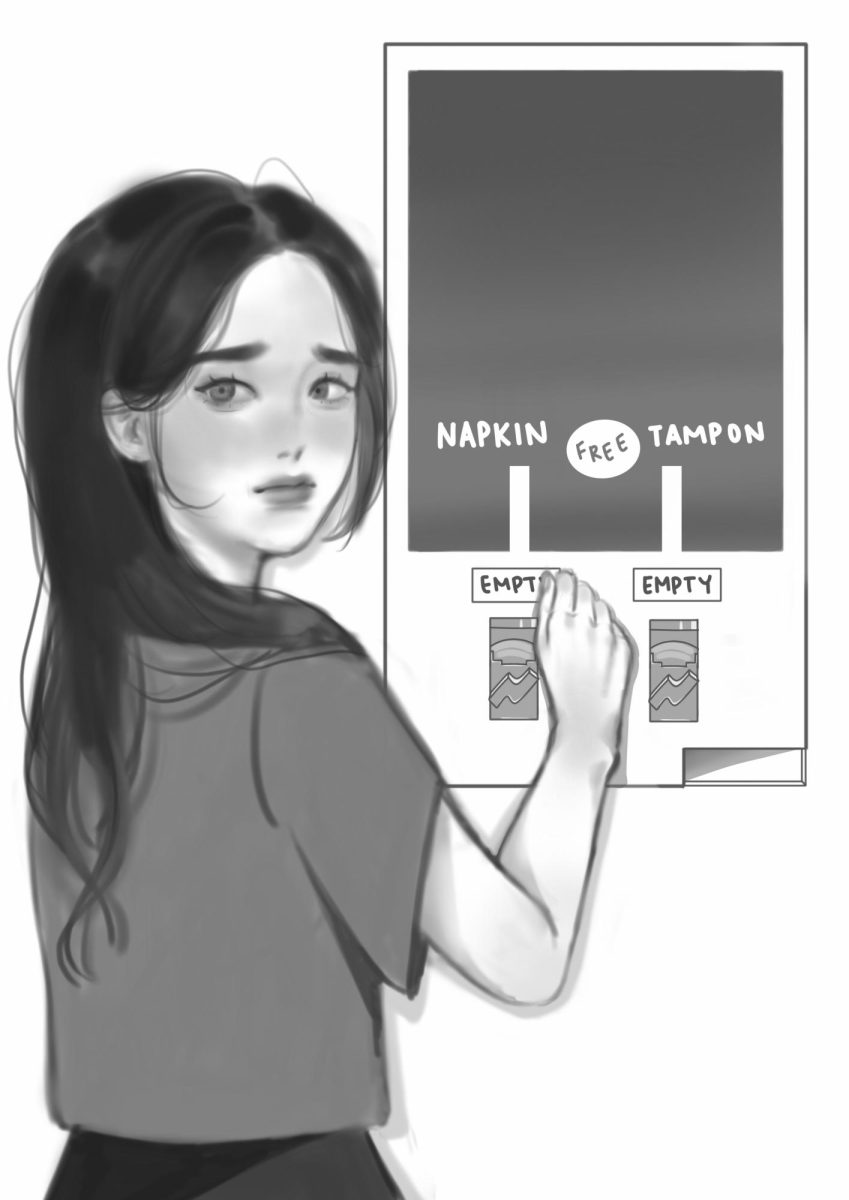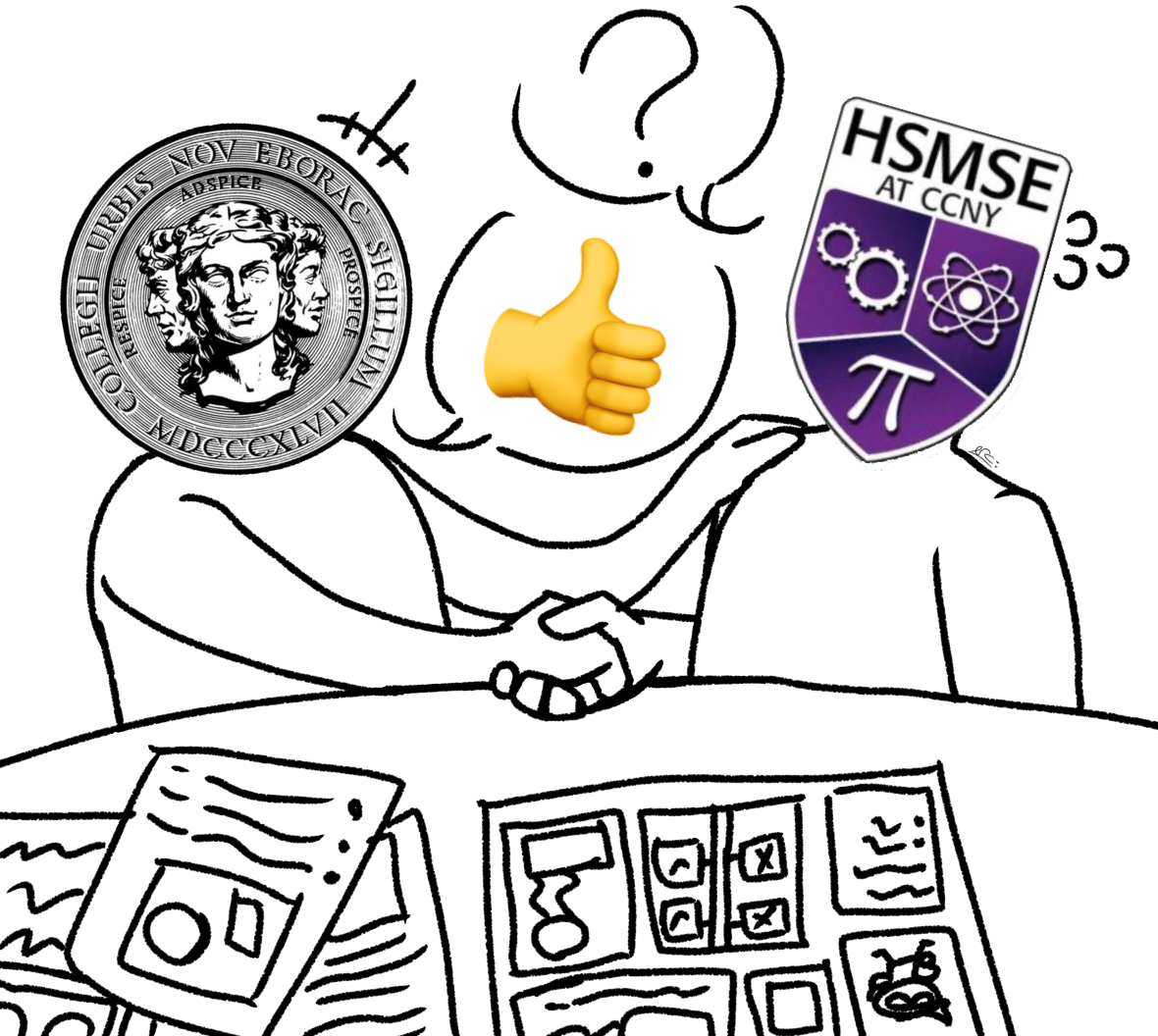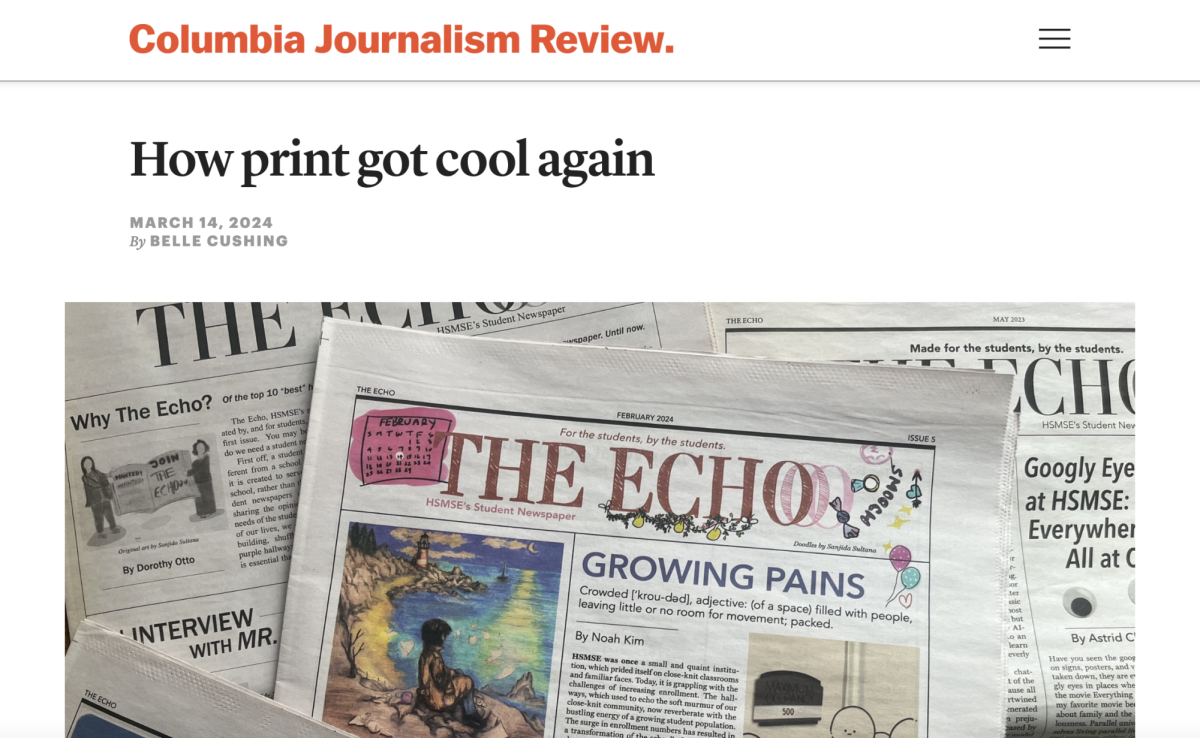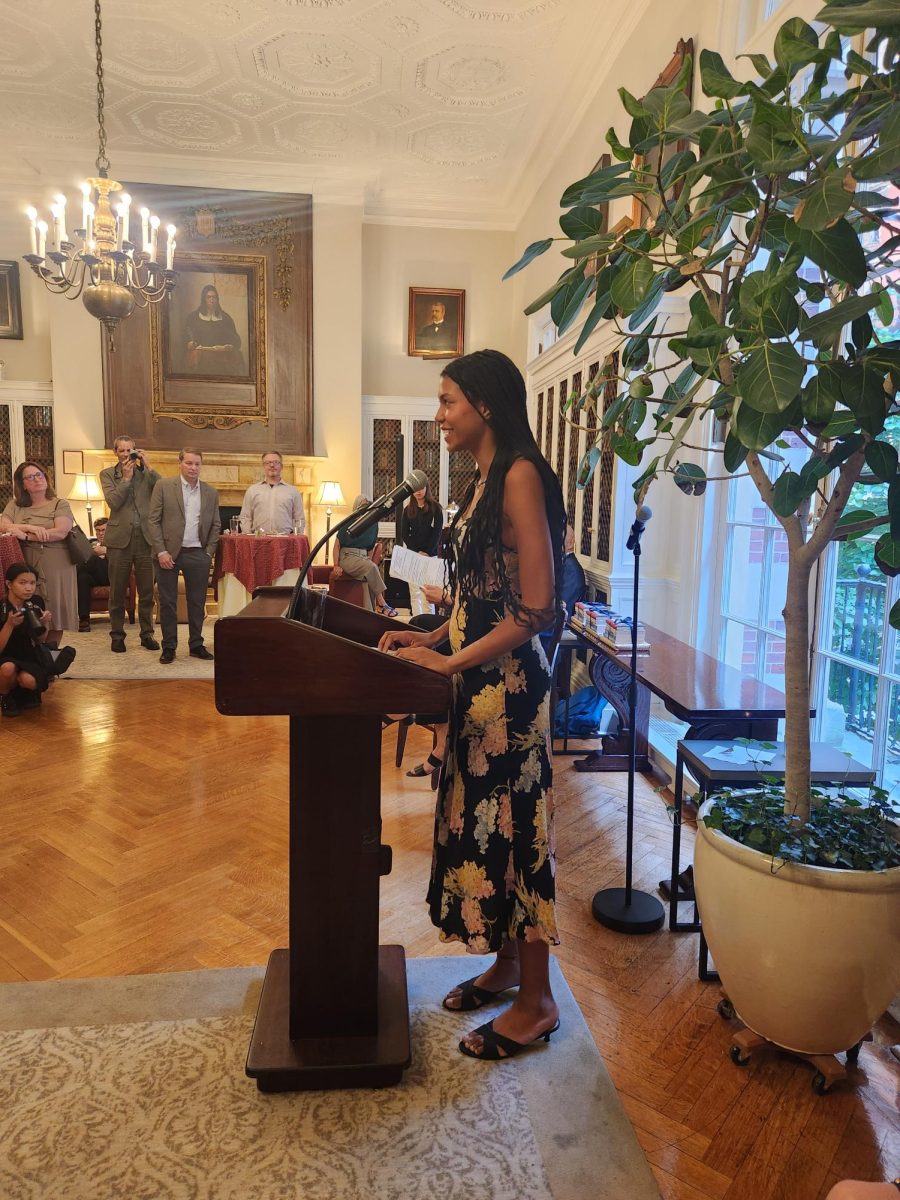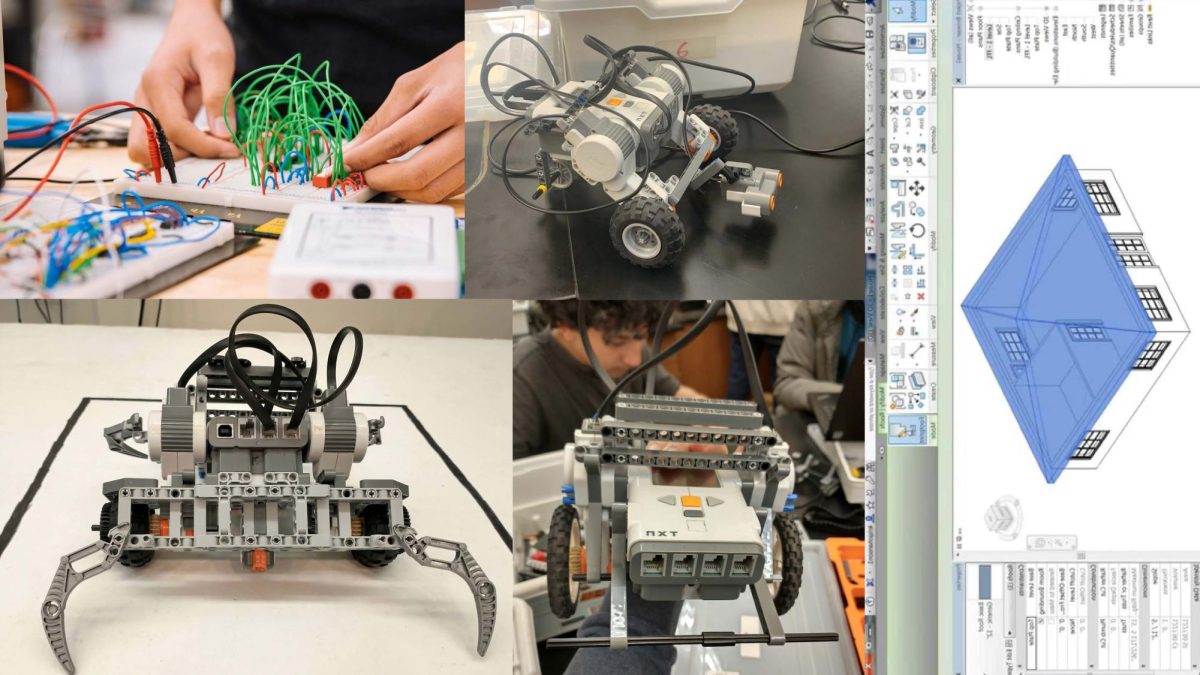There comes a time when rising HSMSE juniors must decide the fate of the remainder of their high school career. This pertains mostly to their coursework, for which they are presented with three options: Mt. Sinai (a selective track for people interested in medical research), the Math Track (a track consisting of courses meant for those who would rather study math), and of course the best track, the Engineering Track. The Engineering Track is tailored for innovative students, regardless of their existing skills in the field of engineering and technology. In some aspects, it’s superior to its counterparts, especially when it comes to workload, student engagement, and its thriving community.
The Engineering Track consists of many hands-on classes that are dedicated to honing the problem-solving skills and creativity of students. Each class is taught by a teacher that fully understands the field of engineering and the class(es) they teach, so students can expect to receive all the guidance they need to succeed. Mr. Chan teaches the Digital Electronics and Digital Systems Design class. According to fellow Engineering Track junior Avery Weidner, “There is not a single thing within that realm that any student in that class knows more about than Mr. Chan does…he’s very enthusiastic about what he does, he loves computer engineering, and I can see that in him.”
In junior year, engineering students take two Principles of Engineering (POE) classes : Mechanical and Digital Engineering. In both classes, students are introduced to a task where they must use their creativity to invent a structure that addresses the problem at hand. What differs between the two classes is that Mechanical Engineering is very “analog,” making students work with raw materials such as metal wires and popsicle sticks, and Digital Engineering is more “digital”— LEGO bricks can only get you so far in a systematic design and test process. In addition, students will take Digital Electronics, where they create circuits using logic gates that allow their electrical components to complete a certain task, similar to the POE classes. The main difference is that Digital Electronics leans toward the problem-solving and logical thinking side of engineering rather than the creativity that POE encourages.
In senior year, engineering students can choose to take one of three specialized classes: Innovation and Design, Advanced Architecture, and Digital Systems Design. In Innovation and Design, students solve real-world problems by following a design process in which they learn to fully understand a problem by breaking it into simpler parts and subsequently design something using creativity and real-world concepts. The goal is to make your design or innovation as sleek and efficient as possible. Advanced Architecture is an extension of the architectural classes taken by most students during their sophomore year. Lastly, Digital Systems Design is a continuation of Digital Electronics, expanding on what students learned and raising the complexity of the projects to an even more realistic standard. All of these classes, regardless of the form of engineering they teach, require the students to be hands-on, making the classes incredibly interactive, engaging, and for some, potentially fun. When was the last time people had fun in school? It certainly was not while they were sitting at a desk, so why not get up and make something?
Whether it’s to gain a new perspective on a difficult project or bonding over subjects not necessarily related to engineering, the best experiences within the Engineering Track come from the fun interactions between students and teachers. Solving problems in engineering is a constant trouble-shoot and gives students the chance to build close and personal connections with their teachers. These opportunities are gateways to blossoming friendships.
Above all else, the best part about the Engineering Track is the student community. At first glance, many people would assume that the students of the Engineering Track either want to commit to an engineering career or just want to walk in and out with an easy grade. While this may apply to some, it doesn’t accurately reflect other students within this track. Engineering students all aspire to do different things, and yet they form a web of a community where everyone wants to see their peers succeed. Within engineering classes, students are unafraid to ask each other questions about the material or examine each other’s projects for a burst of inspiration. One day during a Mechanical POE class, when students were asked what they wanted to major in or pursue a career in, a majority of them admitted to applying for a major or career unrelated to engineering. Leading me to the question, is the Engineering Track solely for future engineers? To quote Avery Weidner again, “Even if you don’t want to become an engineer, the Engineering Track can still be very helpful to other careers because engineering is really just problem solving…and you can apply problem solving skills…into other positions.” In other words, you don’t have to want to become an engineer to be in the Engineering Track. The skills you learn in engineering can be applied to any field you choose to pursue. It goes to show that just like how HSMSE is open to students of all kinds, the Engineering Track is open to any student no matter what their interests are.
Now, it wouldn’t be fair if I didn’t acknowledge the two other tracks within HSMSE. While they certainly have their benefits (some exclusive and some not), in my opinion, the Engineering Track still outweighs them. To start, the Sinai track is a heavy hitter. It’s a track that gives high school students a rare and real glimpse into the medical field. However, the Engineering Track is also a very unique experience. High schools rarely offer a college-level course in digital electronics or engineering. The Engineering Track consists mostly of in-class work, meaning that students are free to explore what they want to outside of school.
The true competition is the other open track of HSMSE: the Math Track and those dang math kids. The Math Track has its perks, but there is one major downside to this track: it involves doing math. Jokes aside, the Math Track is similar to just taking a normal school course where you are assigned homework and take various quizzes and tests. While it may offer amazing classes taught by excellent teachers, along with a plethora of AP classes to get ahead in college, that isn’t exclusive to the Math Track. The Engineering Track also offers AP Computer Science to seniors (and some juniors), and it’s pretty clear by now that the Engineering Track also prides itself on its genius teachers. However, engineering students are set apart from their “mathlete” counterparts in that they are given the opportunity to enroll in more unique courses and gain the experience that comes with them. Many students across the country take AP Computer Science and AP Stats, but a select few take a rigorous digital electronics course. As an engineering student, you learn how to apply your mathematical knowledge to create a structure or solve a problem. Finally, math with a purpose! Plus, the logic here is simple: would you rather sit at a desk and put numbers together for 70 minutes, or get up and make something?
As an engineering student myself, I find the track quite fun. The course content can be challenging from time to time, but I’m continuing to grow as I learn from my mistakes and try again. I feel closely connected to the HSMSE community through collaborating with my fellow engineering students on the simplest of things. Even just having the opportunity to discuss the inner workings of my project with my peers and vice versa reinforces the friendships that we’ve built over the last few years. To all freshmen and sophomores: if you’re looking for a high school career full of free time, fun experiences, and rewarding challenges, the engineering community is the place to be!
